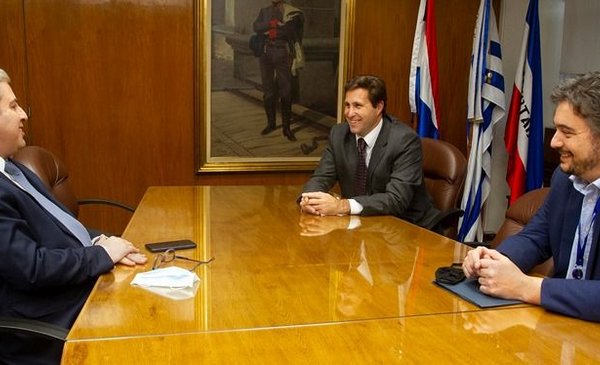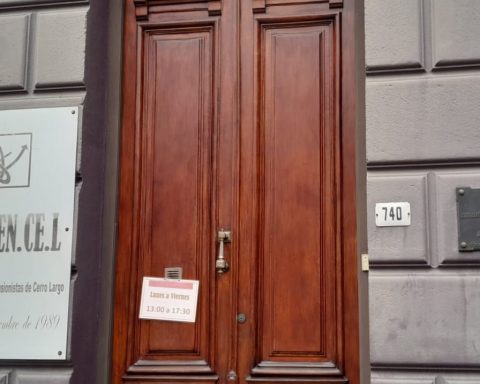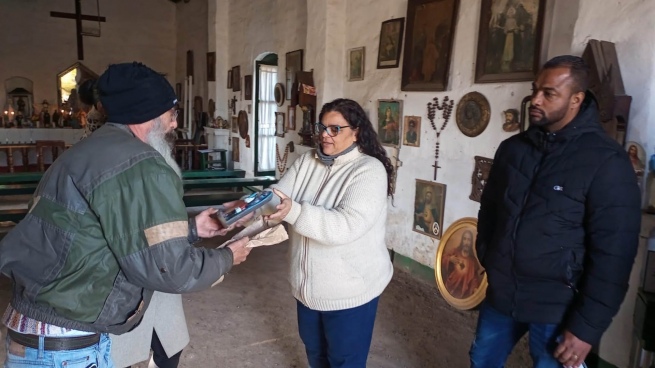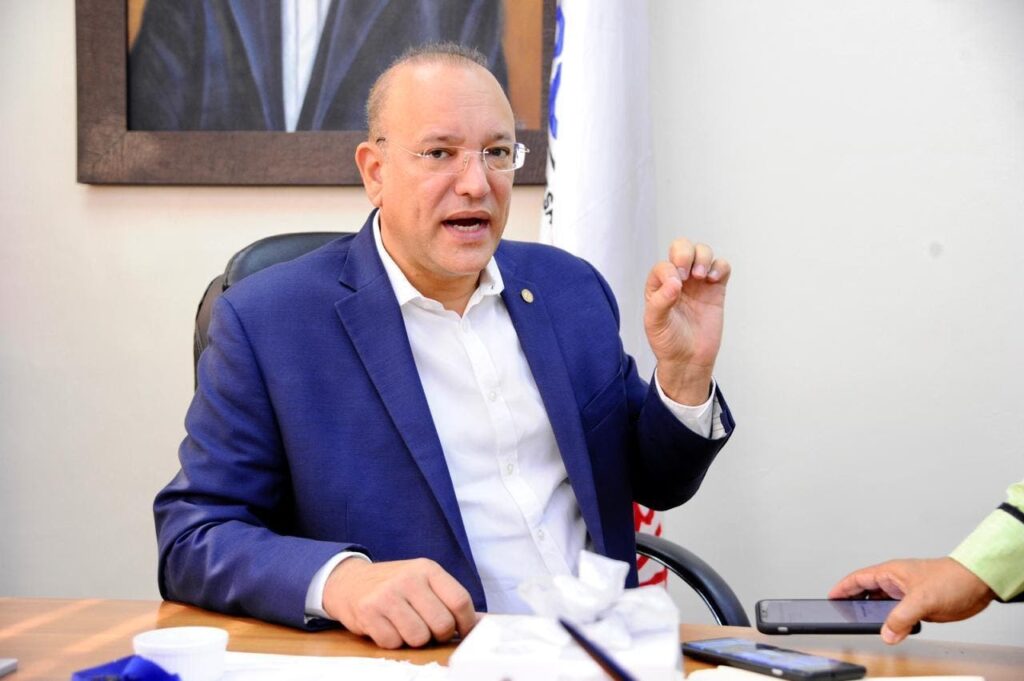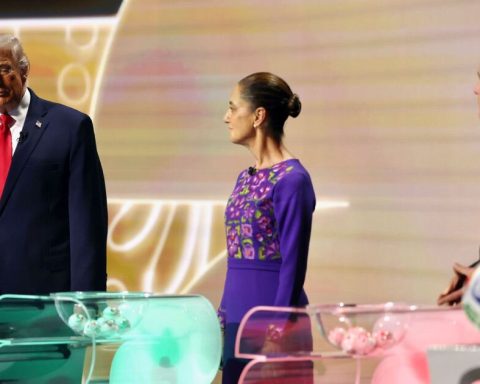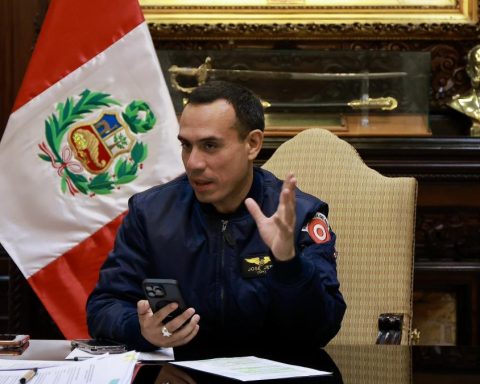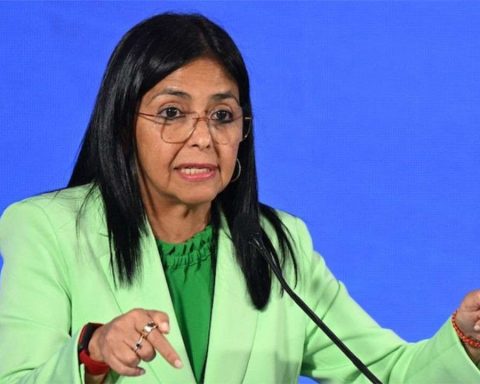As has been happening since August of last year —when the monetary authority began to raise the rate— the decision to raise the rate by 50 basis points left by the affirmative vote of the majority: President Diego Labat and his Vice President Washington Ribeiro, both from the National Party. The BCU Board is made up of three members.
According to the last minutes of the Monetary Policy Committee (Copom), Berti considered that it has “been shown” that the successive increases in the rate decided at previous meetings “has not been effective in obtaining the desired goals” (to anchor agents’ expectations to the inflationary target range of 3% to 6% for the 24-month policy horizon).
On the other hand, the Director of the opposition expressed his “concern about the parafiscal cost associated with higher interest payments and the evolution of the exchange rate in Uruguay that has not followed international trends.”
To control the circulation of pesos in the economy, the BCU issues debt through Monetary Regulation Letters (LRM). This Monday, for example, the monetary authority put out to tender bills in pesos at 35 days for $7,095 million with a cutoff rate of 9.99%. By raising the interest rate, the cost of sterilizing (withdrawing those pesos from the market) is greater.
The dollar in Uruguay has accumulated a drop of 9.3% in the year and exporters have expressed their concern about the downward trend of the exchange rate, since it has decoupled from competing countries, according to their point of view. A “contractive monetary policy, aimed at containing the increase in prices and inflationary expectations, has an impact on the exchange rate and is having – and will have – consequences on employment. The current situation harms the entire export sector, in its different areas. , and in particular to the export manufacturing industry, a great generator of jobs. Unfortunately, there are companies that have already decided to close their business in our country due to the loss of competitiveness and we do not want this situation to spread”, indicated the Union of Exporters through a statement released in early June.
The Minister of Economy Azucena Arbeleche said this Saturday in an interview with The Observer that the “exchange rate in Uruguay is floating and will be where market supply and demand say it is. The Ministry of Economy and Finance acts on what competitiveness is, the real elements that make the real exchange rate and also in what it does to reduce the fiscal deficit. Today we are not thinking of any conjunctural measure”.
More uploads in the future
In the Copom statement of July 6, the monetary authority anticipated new adjustments to the rise in the interest rate in the next meetings.
The Board of Directors of the BCU analyzed the international and local macroeconomic scenario, positively valued the reactivation of the Uruguayan economy and employment, “although it evaluated with concern the rigidity of inflation expectations in the agents, and verified that the transmission channels of the policy monetary function work positively, in the direction and with the expected cadence”, indicated the minute.
In the latest BCU Inflation Expectations Survey, agents projected a median rise of 8.6% for the calendar year ending in December.
On the other hand, for the 24-month horizon of expectations relevant to the BCU, the agents project a rise in prices of 6.95%, outside the target range (3% to 6%) that will be in force for that horizon. temporary. For their part, businessmen expect inflation of 8% in two years.
